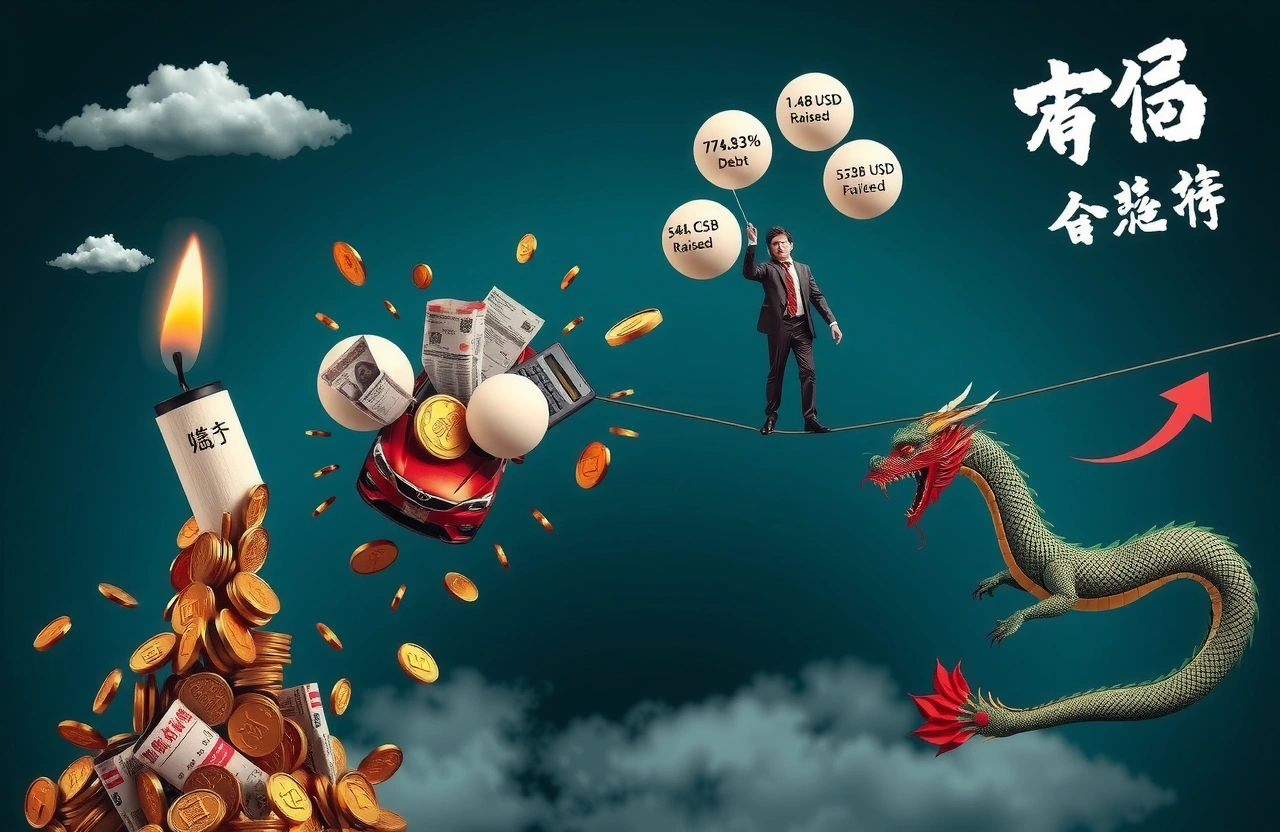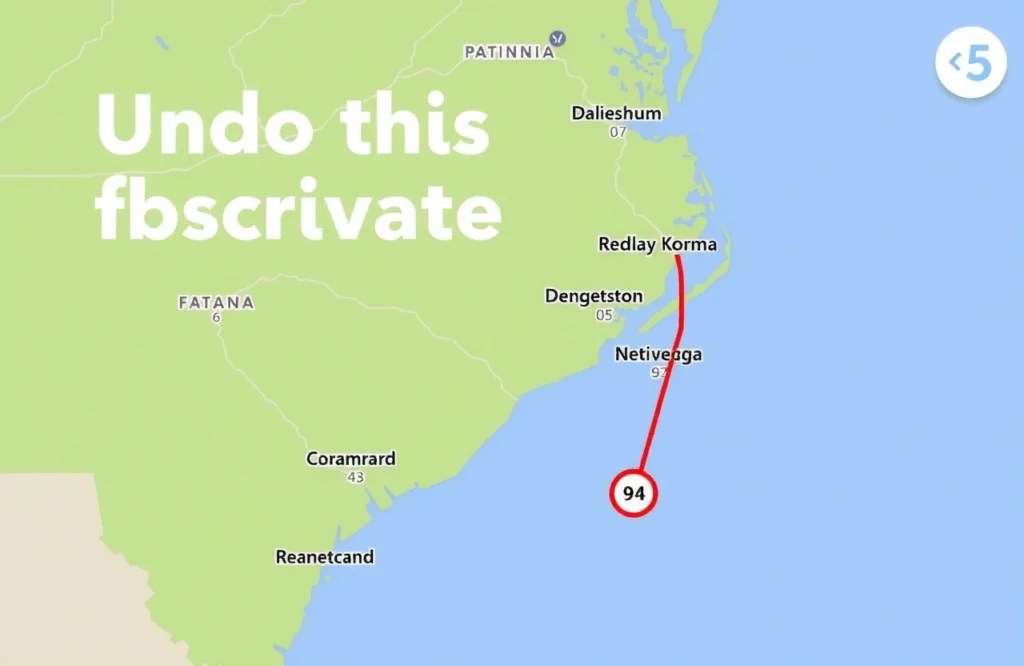The Precarious Debt Position
Fresh financial disclosures reveal Seres Group (赛力斯) walking a dangerous tightrope. With a Q1 2025 debt-to-asset ratio of 76.83% and over 53 billion yuan ($7.4B) in unpaid supplier invoices, the automaker shows classic signs of becoming heavily reliant on financing to avoid disaster. This reliance on fundraising isn’t coincidental—it’s become a core survival strategy.
Cash Flow Vulnerabilities Exposed
According to the Economic Information Daily report:
– Short-term loans: 2.502 billion yuan ($347M)
– Non-current liabilities due within one year: 1.424 billion yuan ($198M)
– Cash reserves: 43.792 billion yuan ($6.08B)
– Accounts payable: 53.184 billion yuan ($7.4B)
The current/quick ratios averaging below 0.85 confirm fundamental repayment weaknesses. When creditors demanded responses, Seres management stated they ‘didn’t understand’ the concerns.
$1.4 Billion Fundraising Efforts
Over the past five years, Seres Group mobilized 9.723 billion yuan ($1.4B) through private share placements—a clear demonstration of being heavily reliant on financing to offset operational bleeding.
2021: The First Emergency Infusion
In May 2021, regulators approved the initial rescue package:
1. Issued 56.3 million shares at 46 yuan/share
2. Gross proceeds: 2.59 billion yuan ($360M)
3. Net amount after fees: 2.57 billion yuan ($356M)
Dah Sing CPA’s June 2021 verification report confirmed capital injection amidst climbing liabilities.
2022: Doubling Down on Debt
One year later, Seres executed a larger financial maneuver:
– 137.2 million shares issued at 51.98 yuan/share
– Raised 7.13 billion yuan ($990M) before fees
– Net funding secured: 7.06 billion yuan ($980M)
This second tranche brought total crisis funding since 2021 to nearly $1.4 billion according to CSRC filings [2022]1162. Such repetitive interventions underscore why analysts call the firm heavily reliant on financing.
When Suppliers Aren’t Paid
The 53.2 billion yuan ($7.4B) owed to vendors represents a critical supply chain threat. Unlike NIO or BYD which maintain payable days under 120, Seres’ mounting obligations force manufacturers to:
– Delay component shipments
– Require advance payments
– Seek legal remedies
The Domino Effect on Operations
When companies become heavily reliant on financing instead of operating income, production inevitably suffers. Industry reports confirm delayed deliveries for Seres’ flagship AITO models due to:
– Battery supplier payment disputes
– Semiconductor allocation priority for cash-rich competitors
– Reduced R&D reinvestment
This vicious cycle makes maintaining relationships increasingly difficult without fresh external funding.
Broader EV Industry Debt Comparisons
Seres Group’s 76.83% leverage ratio sits considerably above healthy benchmarks:
– Tesla: 35-45% range
– BYD: 61% (2024)
– NIO: 71% (Q1 2025)
While leverage remains common among EV startups, Seres Group stands out for both its debt magnitude and disproportionate use of equity financing to plug holes rather than fund growth initiatives.
The Investor Confidence Dilemma
Hong Kong and Shanghai investors typically reward manufacturers expanding through:
– Revenue growth
– Margin improvement
– Export breakthroughs
Instead, Seres saw valuation fluctuations as stakeholders questioned whether a model heavily reliant on financing could deliver sustainable returns.
Pathways Toward Stability
Breaking the dependency cycle requires immediate multi-pronged reforms:
Operational Efficiency Overhauls
The company urgently needs:
– Production cost reductions of 15-20%
– Inventory management optimization
– Targeted asset sales
Automotive consultants suggest benchmarking Dongfeng’s restructuring program.
Strategic Partnership Exploration
Potential solutions include:
1. Partial acquisition by state-owned enterprises
2. Technology licensing agreements
3. Joint battery plant investments
Unlike competitors such as XPeng-Heopn partnership, Seres remains the sole Huawei-fronted manufacturer without solid ownership backing.
When an automaker stays heavily reliant on financing for five consecutive years, fundamental restructuring becomes mandatory rather than optional. Seres must address supplier payments, accelerate monetization of production assets, and diversify funding beyond dilutive equity offerings.
The upcoming quarterly earnings will prove decisive—reinvest operational gains rather than perpetuate fundraising dependencies. China’s EV enthusiasts now watch whether this crucial player embraces reform before debt markets close the taps entirely. Stakeholders should demand explicit roadmap disclosures at the next shareholder meeting.




